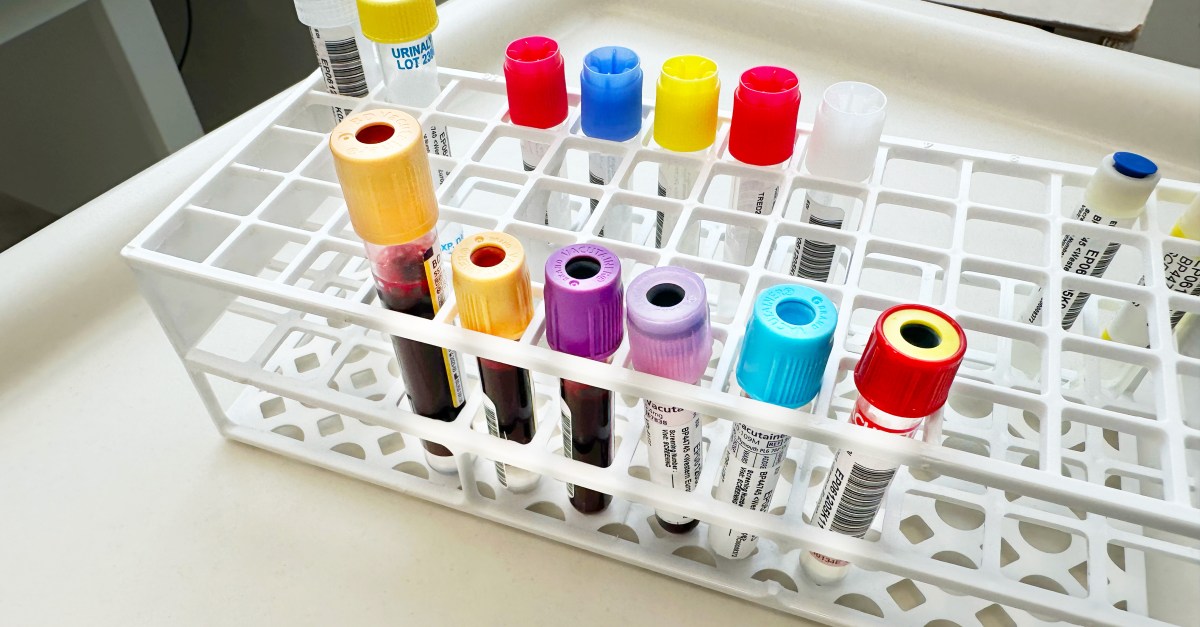Unveiling the Quest for Synthetic Blood: A Revolutionary Journey
In a groundbreaking pursuit that could redefine emergency medicine, scientists worldwide are racing to develop synthetic blood—a lab-made alternative to human donations. Driven by chronic blood shortages and the limitations of donor-dependent systems, researchers aim to create a shelf-stable, universally compatible product by 2030. This innovation promises to save lives in trauma care, military operations, and remote areas where blood banks are inaccessible.
The Urgent Need for Synthetic Blood Alternatives
Every two seconds, someone in the U.S. needs a blood transfusion, according to the American Red Cross. Yet, donations meet only 60% of the annual demand globally. Natural disasters, pandemics, and the 42-day shelf life of donated red blood cells exacerbate shortages. Synthetic blood, or “oxygen therapeutics,” could bridge this gap. Unlike donor blood, it requires no refrigeration, matches all blood types, and eliminates infection risks like HIV or hepatitis.
“This isn’t just about convenience—it’s about survival,” says Dr. Helena Mitchell, a hematologist at Stanford University. “In rural clinics or battlefields, synthetic blood could mean the difference between life and death during the ‘golden hour’ after severe bleeding.”
Breakthroughs and Innovations in Synthetic Blood Research
Two primary approaches dominate the field:
- Hemoglobin-Based Oxygen Carriers (HBOCs): Using modified hemoglobin from human or bovine sources, these solutions mimic red blood cells. A 2023 study in Nature Biomedical Engineering showed that HBOCs prolonged survival in animal trials by 72% during extreme blood loss.
- Perfluorocarbon Emulsions (PFCs): These synthetic compounds dissolve oxygen but require patients to breathe pure oxygen. PFCs have shown promise in trauma trials, though they face challenges with long-term use.
Meanwhile, the U.K.’s NHS is testing a stem-cell-derived blood substitute in humans, with early results suggesting normal oxygen delivery. “We’re engineering biology at its core,” notes Dr. Raj Patel of Cambridge’s Biotech Institute. “The goal is a product that’s safer and more efficient than nature’s design.”
Challenges and Ethical Considerations
Despite progress, hurdles remain. HBOCs can cause vasoconstriction, raising blood pressure, while PFCs may trigger immune reactions. Cost is another barrier: producing one unit of synthetic blood currently exceeds $1,000, compared to $200 for donor blood. Critics also question diverting funds from traditional blood bank infrastructure.
Ethical debates center on equitable access. “Will this technology prioritize wealthy nations or soldiers over developing regions?” asks bioethicist Dr. Lina Torres. “We must ensure it doesn’t deepen healthcare disparities.”
The Future of Synthetic Blood: What’s Next?
Investments are surging, with the global synthetic blood market projected to reach $15 billion by 2030. The U.S. Department of Defense has allocated $46 million to accelerate research, aiming for field-ready products by 2028. Parallel efforts focus on 3D-printed blood vessels and nano-scale oxygen carriers.
As clinical trials expand, experts urge cautious optimism. “This isn’t a moonshot—it’s a marathon,” says Dr. Mitchell. “But if we succeed, we’ll revolutionize transfusion medicine.”
For now, the quest continues. Readers can stay informed by following updates from the World Health Organization’s Blood Safety Program or supporting research through organizations like the International Society of Blood Transfusion.
See more WebMD Network



